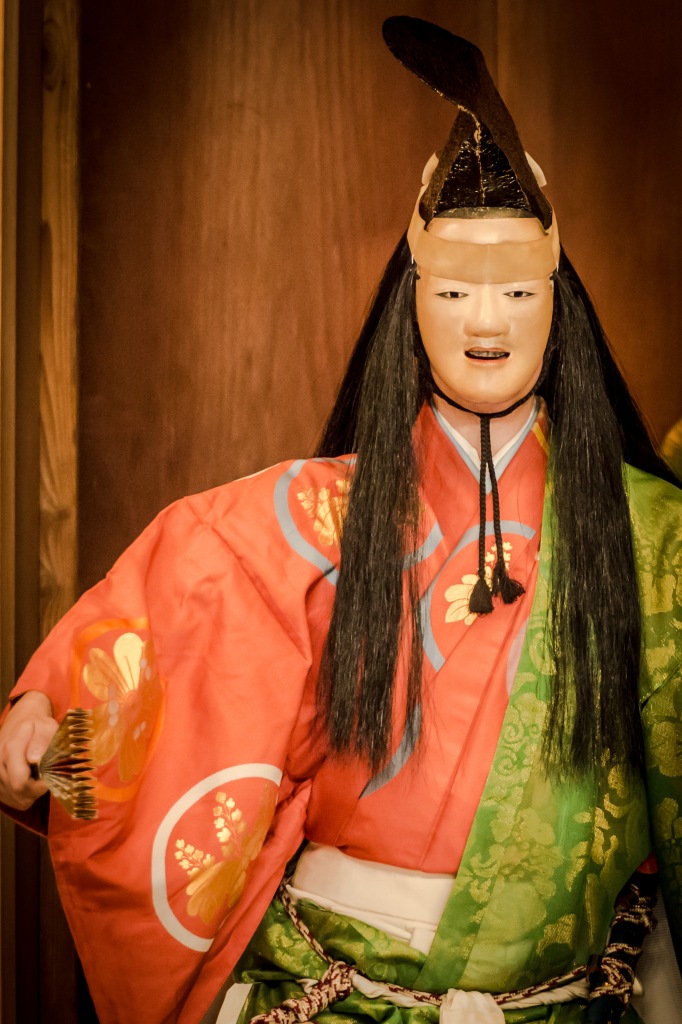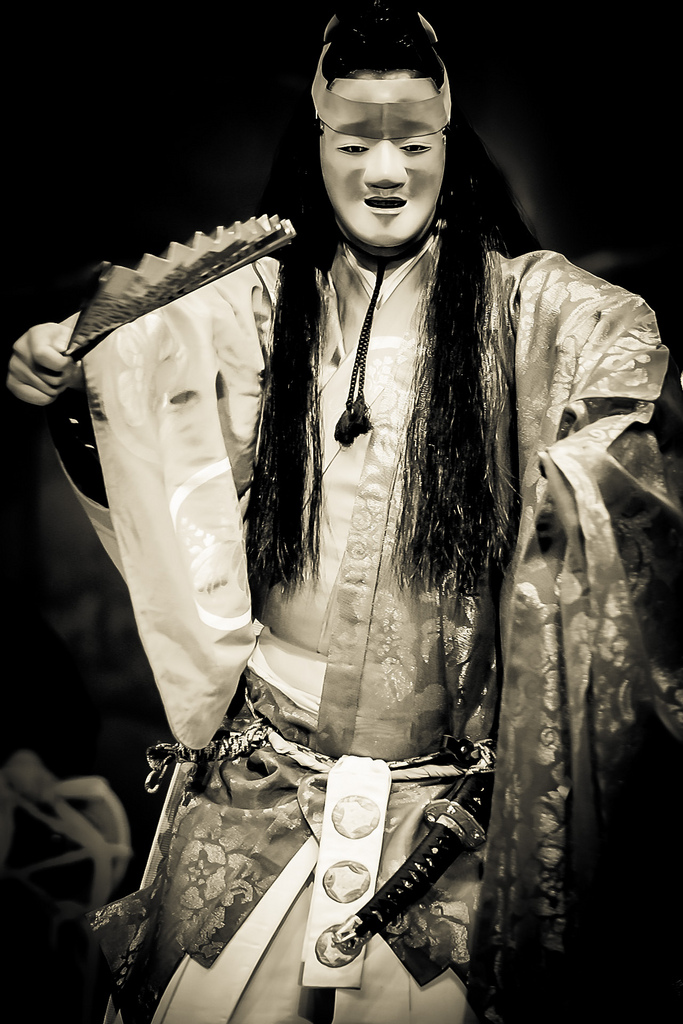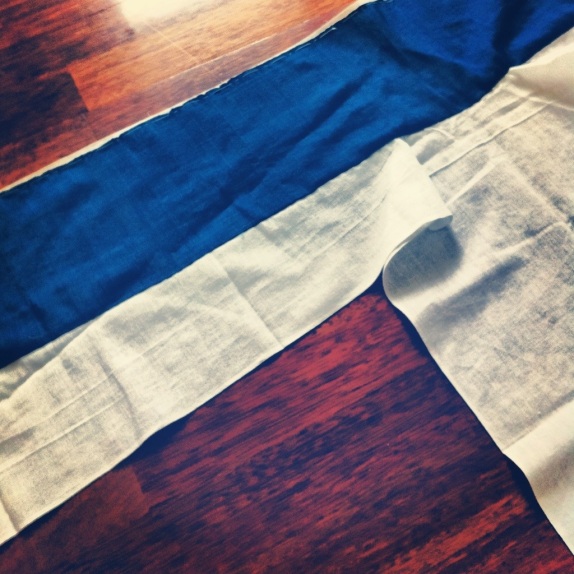June 29~30 (Saturday and Sunday), 2013
Kongo Nohgakudo, Karasuma Ichijo-sagaru, Kamigyo-ku, Kyoto 602-0912
Tel: 075 -441-7222
Please join us at the Kongo Nohgakudo for an opportunity to experience Noh in a variety of forms: shimai, dance excerpts; Maibayashi, dance excerpts with the accompaniment of the Noh ensemble of instruments as well as the chorus; Rengin, concert style performance of a Noh excerpt performed by students in formal kimono and hakama; and 3 fully costumed Noh performances each day.
• Descriptions of the content of each piece will be available in programs provided in English, French, German and Italian.
• The recital is free of charge and open to all. We look forward to seeing you at the Nohgakudo.
Day I Featuring International Noh Institute Students
June 29th (Saturday)
(from about 11.00am)
仕舞 Shimai dance excerpts in formal wear performed to the accompaniment of a small chorus.
舞囃子 Maibayashi excerpt to the accompaniment of the Noh ensemble and chorus:
「胡 蝶」KOCHO ‘The Butterfly’ shite: Cristina Picelli.
Bangai-Shimai Dances by professional Noh performers (UDAKA Tatsushige and UDAKA Norishige):
「加 茂」KAMO
「玉之段」TAMA-NO-DAN
(from about 12:00, noon)
Noh:『清経』KIYOTSUNE Shite: Diego Pellecchia Tsure: Monique Arnaud.
(about 1:20 p.m.)
Rengin concert-style recitation of an excerpt from a Noh.
Bangai-Shimai (performed by UDAKA Michishige):
「鉄 輪」KANAWA
(from about 2:00 p.m.)
Noh:『小鍛冶』 KOKAJI ‘The Swordsmith’ Shite: SOMYO Tadasuke
(from about 3:20 p.m.)
Shimai, dance excerpts
(from about 4:00 p.m.)
Noh: 『猩 々』SHOJO Shite: HIRASAWA Yumiko
Day II Featuring Keiun-kai Students
June 30th (Sunday)
Rengin concert-style recitation of an excerpt from a Noh
(from about 11:20 p.m.)
Shimai
(about 11:40 p.m.)
Noh: 『羽 衣・盤渉』HAGOROMO Banshiki ‘The Robe of Feathers’ Shite: ITOH Yuki
Maibayashi excerpt with the accompaniment of the Noh ensemble:
「融」TORU
(about 1:00 p.m.)
Shimai
Rengin concert style recitation of an excerpt from a Noh.
Bangai Shimai(performed by UDAKA Michishige):
「藤 戸」FUJITO
(from about 2:00 p.m.)
Noh: 『黒塚・白頭』KUROZUKA ‘The Black Mound’ Hakutoh Shite: KUROTAKE Sadato
(from about 3:10 p.m.)
Maibayashi excerpt with the accompaniment of the Noh ensemble:
「松 風」MATSUKAZE
Shimai
(from about 4:00 p.m.)
Noh: 『猩 々』SHOJO Shite: NAGAO Atsushi
*Feel free to come and go quietly as you please during the recital.
*Be sure your cell phone is set on silent or manner mode.
*You may take pictures, but the use of flash is strictly prohibited.
*Please enjoy the tea and sweets provided.















